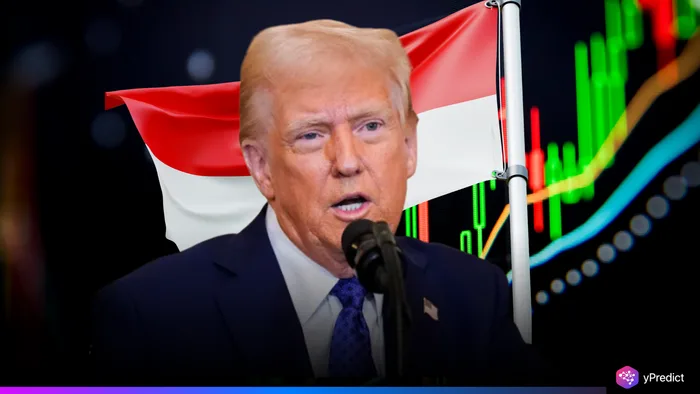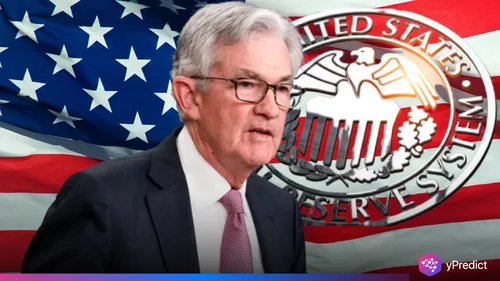
President Donald Trump has slapped a 19% tariff on Indonesian imports as part of a new trade deal that could reshape global trade flows. While Indonesia is not among America’s top trading partners, the move signals a larger shift in U.S. trade strategy, one that has global markets on edge.
As the U.S. tightens terms with smaller nations, the European Union is preparing a fierce response. The EU is targeting $84 billion worth of American goods if negotiations collapse. With just two weeks left before Trump’s August 1 tariff deadline, economic uncertainty is surging across continents.
What the U.S.-Indonesia Deal Actually Includes
Trump’s tariff deal with Indonesia mirrors a recent pact with Vietnam. It sets a flat Indonesia tariff of 19%, nearly double the current 10%. In return, the U.S. gains duty-free access to Indonesian markets. The agreement also penalizes transhipped goods from China and requires Indonesia to buy American energy, agriculture products, and Boeing jets.
According to Trump, Indonesia agreed to purchase $15 billion in U.S. energy, $4.5 billion in farm goods, and 50 Boeing jets, although no delivery dates were confirmed.
Trade Numbers Show Rising Deficit With Indonesia
In 2024, total U.S.-Indonesia trade approached $40 billion. U.S. exports rose by 3.7%, while imports climbed 4.8%, leaving a trade gap of nearly $18 billion. Top imports included palm oil, electronics, rubber, footwear, tires, and shrimp.
The Indonesia tariff aims to reduce this imbalance. But economists warn it could inflate U.S. prices while sparking retaliation from trading partners.
EU Draws Battle Lines With $84B Retaliation Plan
As Washington takes a tougher stance, Brussels is drawing up a counterattack. The European Commission is preparing tariffs on $84 billion of U.S. goods if talks break down. The list includes aircraft, cars, bourbon, precision tools, chemicals, food, and wine.
Trump has threatened a 30% tariff on EU goods starting August 1. EU officials say this could shatter long-standing trade ties. Their retaliation list was shared with all 27 EU nations and covers more than 70 billion euros in sectors key to U.S. exports.
More Countries Set to Face U.S. Tariffs
Trump said letters outlining new tariff rates were being sent to dozens of smaller nations, including Brazil, Canada, and Japan. These letters mention possible tariffs between 10% and 50%, including a 50% duty on copper.
The president prefers flat tariffs over drawn-out negotiations. However, Treasury Secretary Scott Bessent and Commerce Secretary Howard Lutnick are pushing for more structured trade deals.
Pharmaceutical Tariffs Also in the Pipeline
This week, Trump announced plans to impose a low-level pharmaceutical tariff by the end of the month. So companies will have some time to off-shore production into the U.S. before the tariff goes up much higher next year. Trump indicated the objective to bring back pharmaceutical manufacturing to the U.S.
This follows his wider Trump trade policy to reshore American industries and reduce trade deficits – even at the cost of short-term inflation.
What About India? Trump Says Talks Are Progressing
Talks with India are “moving along the same line,” Trump told reporters. A potential deal would allow U.S. businesses greater access to India’s vast consumer market. As with Indonesia, the strategy involves unilateral tariffs paired with U.S.-favoring trade terms.
So far, the U.S. has struck partial deals with the UK, Vietnam, and China. However, many of Trump’s promised “90 deals in 90 days” remain unfinished.
Final Thoughts
Trump’s 19% Indonesia tariff marks another step in his aggressive trade reset. While some countries, like Indonesia, are agreeing to U.S.-led deals, others like the EU are preparing retaliation. With an August 1 deadline looming, the world is watching how Trump’s trade policy will reshape global commerce.







